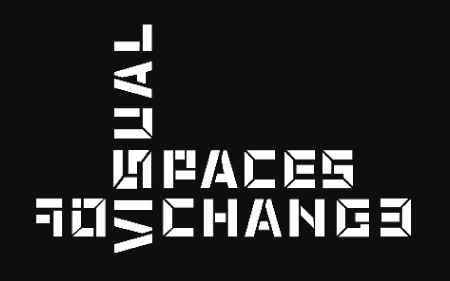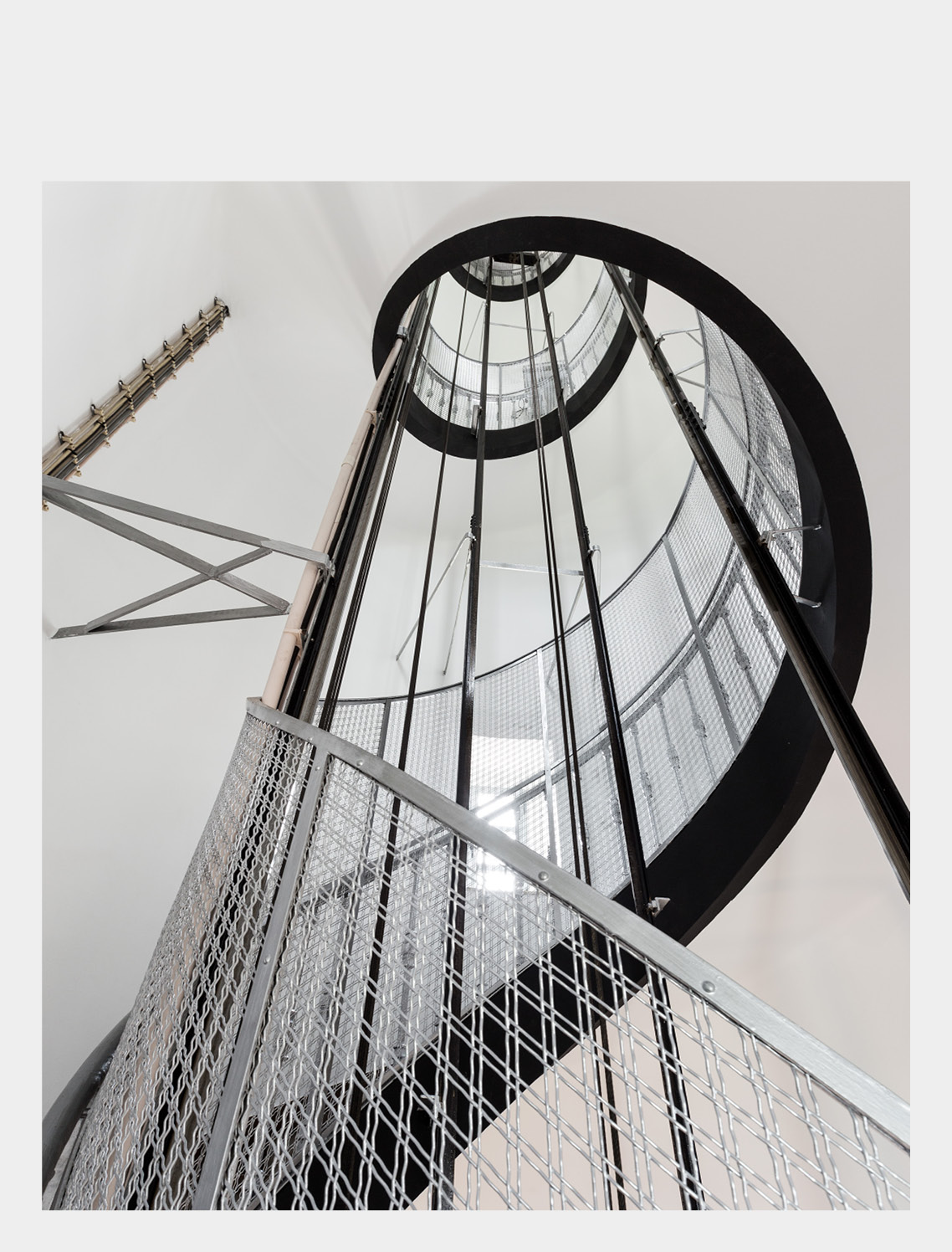Marta Ferreira’s photography project Leça da Palmeira lighthouse adopted a documentary photography methodology that took the lighthouse as its subject and artistic matter, moving away from traditional main stream photography reportage. We are presented with a visual narrative incorporating a subjective point of view, a ‘personal report’ that makes us aware of the significant relation between this architecture and the context where it is built and how this liaison creates a unique place.
The photography project explores Leça da Palmeira lighthouse through a promenade architecturale[1] that allows us to experience the formal characteristics of the lighthouse-complex, as well as its interior and exterior spaces and surroundings in a novel way. It is a journey that involves movement and displacement, something that moves away from the characteristics of the fixed image - photography -, coming much closer to cinema, art capable of representing a space in a time and movement closer to reality. Marta constructs this journey organizing the space in an integrated and imaginative way that not only allows for the viewer to consider a new reading and spatial consciousness of that place, but also unifies the spaces of the edifice and its relation with the surroundings, taking advantage of the potential of a fixed point of view, i.e. the location, direction and sense of the photographer's eye when creating the photographic image. Marta´s vantage points are the result of a careful selection that delimits what is shown and what remains invisible, and in this way each of her images helps to build a direction, a differentiated gaze towards the Leça lighthouse-complex and the whole series of images build a path, even if predetermined and more abstract than a set of moving images.
Marta´s photographic project comprises diverse visual sequences, which take us, along the pages, through an interesting journey made up of a perceptive and poetic chain. The visual narrative reveals the lighthouse architecture in different ways exploring significantly the edifice´s perceptive experience, where the natural light is captured in a way that allows sensing the atmosphere of the lighthouse[2] and thus serves to awaken our imagination and emotion for the edifice and that place.
It starts with an impressive bird eye view towards the north, from the lighthouse most upper level, and continues the promenade with diverse images from ground view, sometimes in diptychs, other times alone in the page, where it is possible to understand the richness of the different relations that the lighthouse establishes with the sea, the rocks, and the other buildings that surround it, including Álvaro Siza´s Tea house. Then, the photography series goes on through an incredible sea trip with the Coast Guards team and Fleet Captain Rui Pedro Lampreia, which allowed to perceive the lighthouse when you approach it from the sea, as well as to observe the cost line and how it has been transformed, capturing unique perspectives just possible to make from the sea, as is for example the set of chiminea’s of the oil complex of Leça da Palmeira.
Also, the contour and the poetics of some of the photographs are also quite revelatory of the multifaceted richness of the lighthouse-complex, with different spaces of work and the strong relation with the natural context of the edifice. Note how the images of the four last spreads are able to masterfully communicate the interplay of the rocks with some parts of the building, as well as the unique places from where you can perceive the sea and its horizon and the geometric lines and opening interplay of the lighthouse building.
[1] What is of interest here is the notion proposed by Flora Samuel when she defines promenade architecturale as being simultaneously an experimentation of the space in movement while we walk about the building and a network of ideas (that sustain the work of architecture). See Flora Samuel, Le Corbusier and The Architectural Promenade, Birkhäuser Architecture, 2010.
[2]. “”There is always more to a photograph than the picture. It conveys because of our fantastic sense of imagination [sic].” Pallasmaa’s argument for the sort of poetic image discussed by Gaston Bachelard strikes a chord: all spaces have an atmosphere, so presumably do all photographs.” in Marc Goodwin, “A Hinge: Field-testing the relationship between photography and architecture”. https://www.researchcatalogue.net/view/30884/32382.


 Portugal Lighthouses
Portugal Lighthouses















